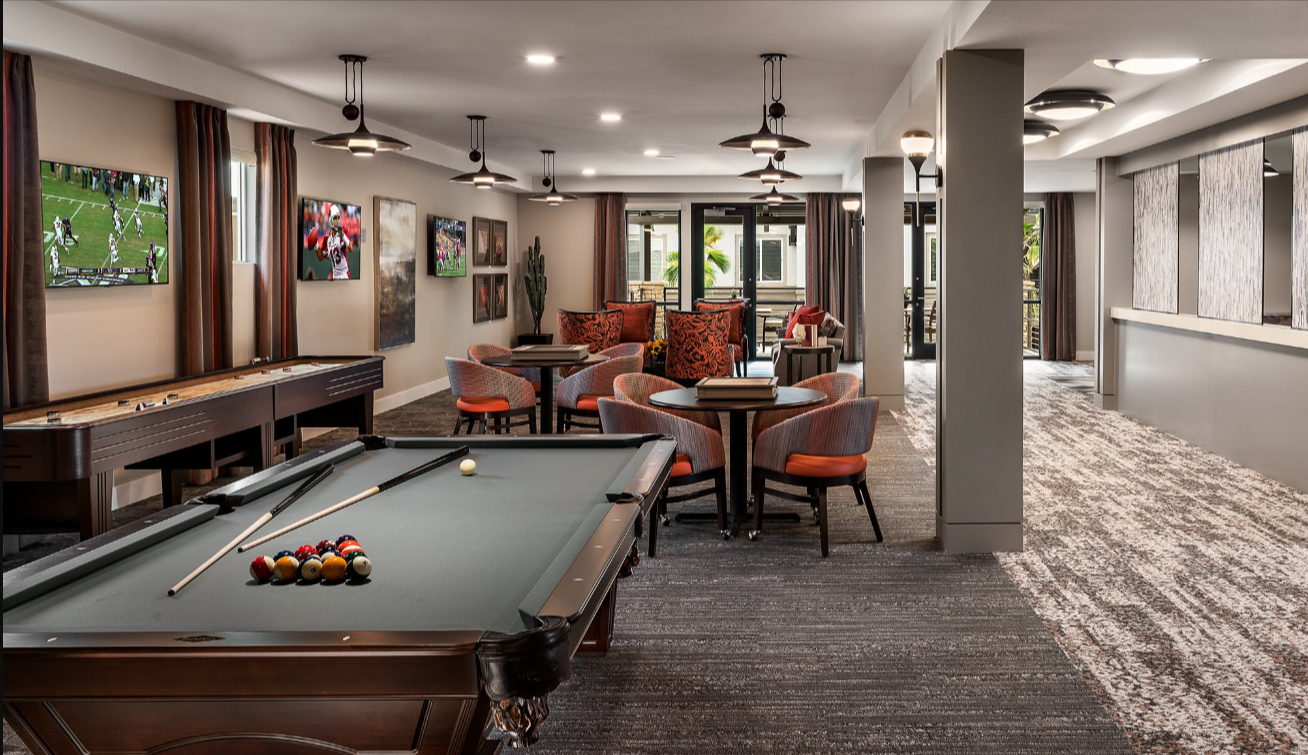In the vibrant city of Bangalore—India’s tech capital and cultural melting pot—community centre interior design spaces play a pivotal role in bridging generational gaps. From young children playing in the courtyards to seniors enjoying evening gatherings and adults engaging in workshops or collaborative events, the need for thoughtfully designed multigenerational community centers has never been greater.
But how do we design spaces that cater to such diverse needs without compromising on comfort, usability, or aesthetic harmony? This blog explores how interior design can bring all generations together under one roof, with special attention to the unique character of Bangalore.
Understanding the Multigenerational Landscape
Bangalore is home to a mix of nuclear families, retirees, working professionals, students, and children. Community centers here are expected to serve multiple purposes—from quiet study zones and co-working hubs to children’s play areas and senior-friendly lounges.
Designing such a space is not just about functionality—it’s about creating an environment that nurtures social connection, emotional well-being, and cultural exchange.
Key Interior Design Strategies for All Generations
- Zoning for Diverse Needs
One of the most effective ways to serve a multigenerational audience is through zoning—dividing the community center into purpose-driven areas:
- Activity Zones for youth and kids with open layouts, durable materials, and bright colors.
- Quiet Corners for seniors and adults to relax, read, or meditate—designed with soft lighting, warm tones, and ergonomic seating.
- Multipurpose Halls that can be adapted for events, workshops, and group activities.
- Accessibility & Comfort
For seniors and people with limited mobility, thoughtful design makes all the difference:
- Ramps and wide doorways for wheelchair access.
- Anti-slip flooring and handrails.
- Seating with proper back support and appropriate height.
- Furniture Flexibility
Community needs change throughout the day—morning yoga, afternoon crafts, evening town meetings. Modular furniture allows spaces to adapt easily.
- Stackable chairs, foldable tables, and mobile partitions can transform one space for various age groups and purposes.
- Lighting & Acoustics
Proper lighting ensures comfort across age groups:
- Natural light is ideal during the day, supported by warm ambient lighting in the evenings.
- Acoustic panels and sound-absorbing materials help manage noise—important in shared or open layouts.
Designing with Bangalore’s Culture in Mind
Community spaces in Bangalore thrive on cultural identity and social cohesion. Interior design should reflect this:
- Local Materials like terracotta, exposed brick, and cane blend tradition with sustainability.
- Art and Murals inspired by Karnataka’s rich heritage (e.g., Hoysala architecture, folk art) bring visual storytelling into common areas.
- Flexible Courtyards or Open Verandas, reminiscent of old Bangalore homes, encourage interaction while providing ventilation.
Tech-Savvy & Eco-Friendly Features
With Bangalore’s tech-savvy population and growing environmental consciousness, community centers must evolve:
- Smart Booking Systems for reserving rooms or event spaces.
- Wi-Fi Zones and charging docks in reading and working areas.
- Green Design elements—solar lighting, rainwater harvesting, and indoor plants for air quality.
Real-World Inspirations
Imagine a well-designed community center in South Bangalore:
- A central garden surrounded by walkways, used by seniors in the morning and teens in the evening.
- An indoor co-working room with charging stations and whiteboards.
- A kids’ reading nook beside a quiet lounge for elders, separated by acoustic panels.
- Weekly cultural events held in a central amphitheater space, promoting intergenerational participation.
Conclusion: A Future-Ready Design Ethos
Designing community centers for all generations requires empathy, innovation, and a deep understanding of local culture. In Bangalore, where tradition and modernity co-exist beautifully, interior design plays a key role in enhancing that balance.
At Design Arc Interiors, we believe community spaces should not just look good—they should function inclusively and inspire belonging. Our multidisciplinary approach ensures that every space we design is flexible, accessible, and full of life—just like the people it serves.

